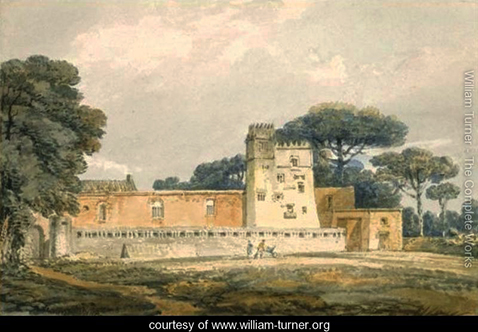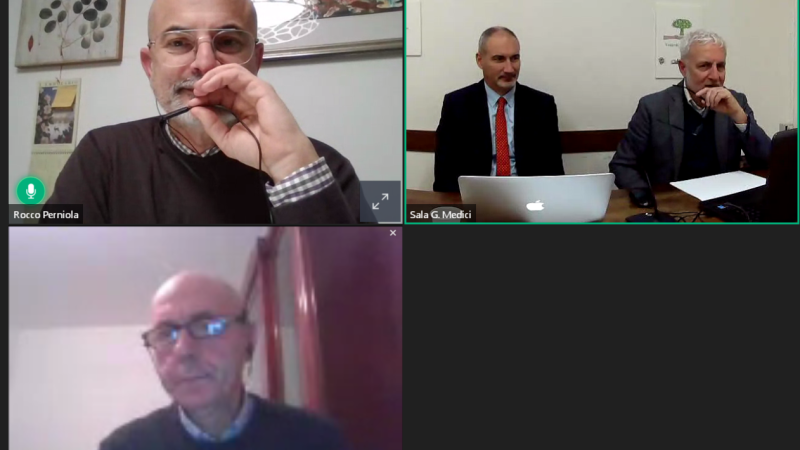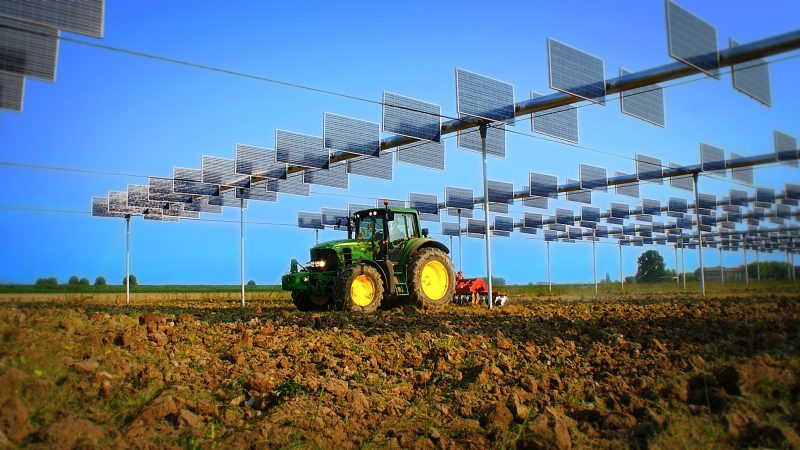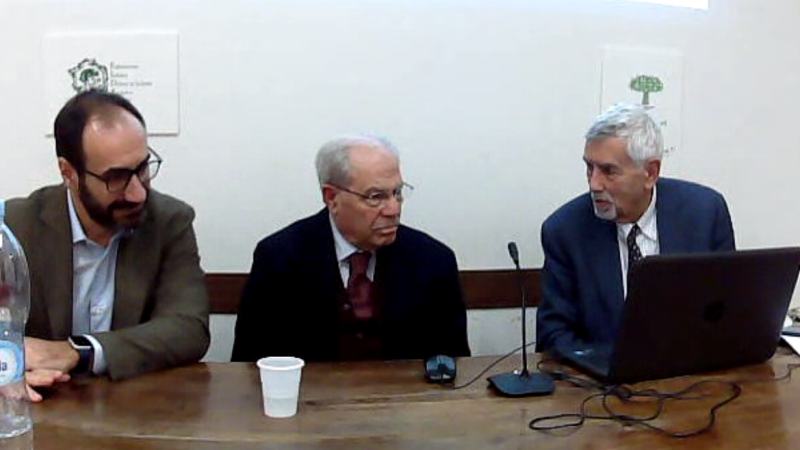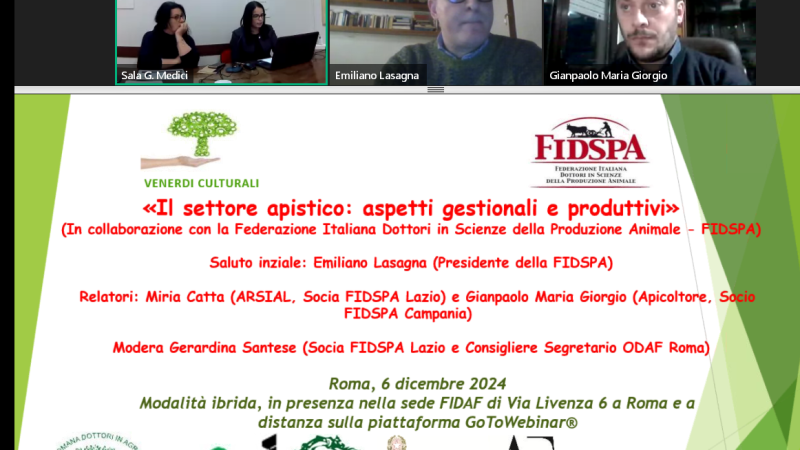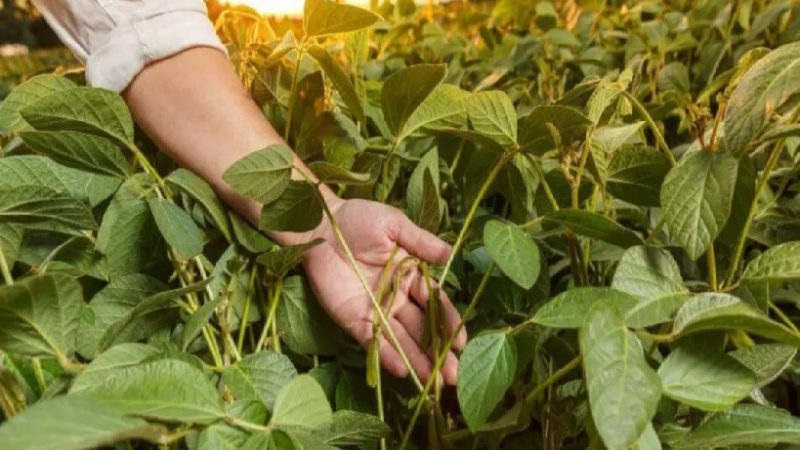Urban trees and carbon dioxide sequestration
It is now well known that trees sequester and store CO2 by fixing carbon in permanent forms of biomass. The amount of gas exchange between a tree and the atmosphere changes depending on the age and health status of the tree itself, but the overall net balance of a patch of vegetation in equilibrium with the surrounding environment can be considered stable in time. This balance, however, is altered by man through some factors such as the increase of fossil fuel emissions and the relationship between the crop and the utilization of biomass. In this regard, the peri-urban forests, city parks and gardens, serving as CO2 sinks, play a vital role in combating the rising levels of atmospheric carbon dioxide.
For these reasons, the managers of urban green areas are considering whether projects of planting trees in urban areas can be financed through the carbon market (Carbon Trading is a market based mechanism for helping mitigate the increase of CO2 in the atmosphere. Carbon trading markets are developed that bring buyers and sellers of carbon credits together with standardized rules of trade), especially since it is now a market internationally accredited and somewhat preferred by the buyers (Poudyal et al. 2011). The biggest concern about the projects on planting trees in urban areas and the question we should answer is whether these projects are cost-efficient investments.
A better understanding of how the variables predominantly affect the efficiency of these programs could help in understanding if we can intervene with the management decisions to improve the project or if uncontrollable variables such as climate, play a major role in determining the potential for integration of such projects in the carbon credits markets.
For urban green managers it is also important to know how to create potentially new and more efficient projects in terms of cost; even if the projects will not reach the market, these studies are of great interest to government agencies that voluntarily seek to minimize emissions of the entire community by also making a budget of carbon allowances produced and emitted.
From the “biological” point of view the quantity sequestered and then stored depends, as said, by the growth rate and mortality of trees, which in turn depend on the species, age, structure and the degree of plants health.
Young trees sequester and store CO2 rapidly for several decades, before the annual increase of CO2 decreases, while, for example, the so-called “old growth forests”, i.e. the forests of “old” growth or virgin forests can release a quantity of CO2 resulting from the decomposition of dead biomass, equal to the quantity fixed with the new growth; also plants subjected to various stresses such as arid and dry seasons (or the most commonly urban stresses, such as soil compaction) may lose the normal ability to fix CO2 by closing the stomata to avoid dehydration…

